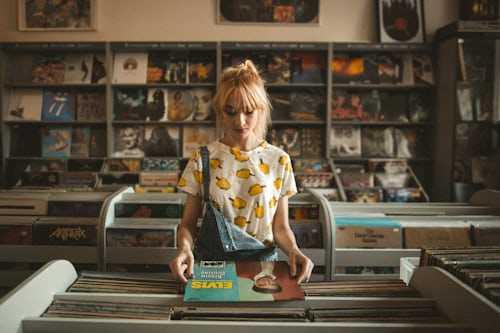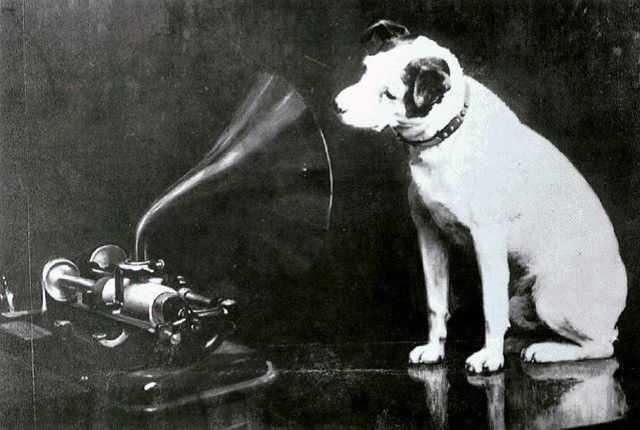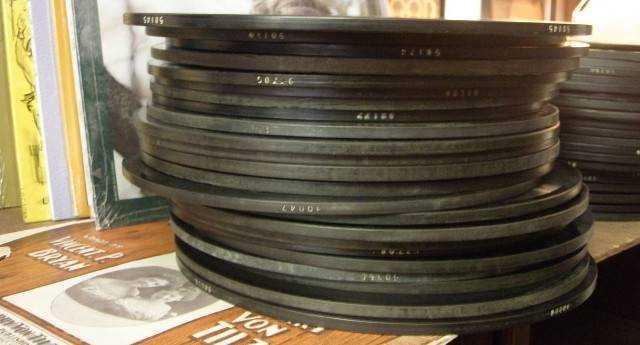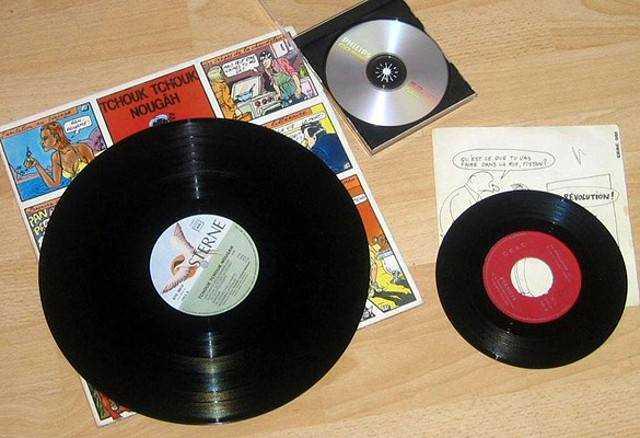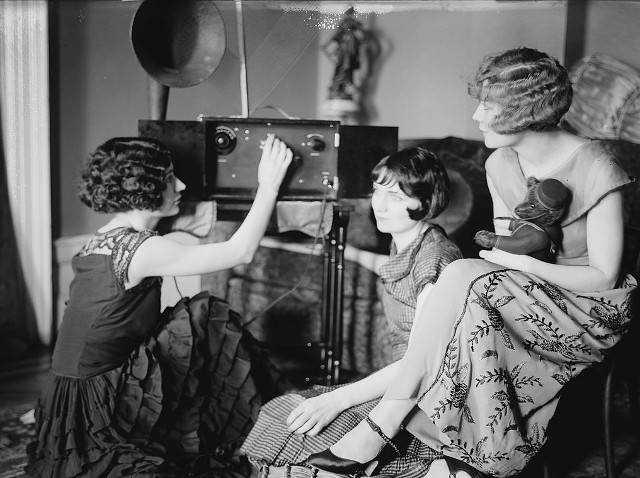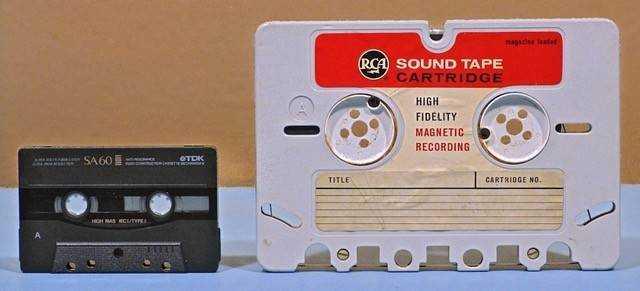The Evolution of Music Consumption: How We Got Here
Curated from: makeuseof.com
Ideas, facts & insights covering these topics:
15 ideas
·1.46K reads
19
Explore the World's Best Ideas
Join today and uncover 100+ curated journeys from 50+ topics. Unlock access to our mobile app with extensive features.
The social and personal importance of music
Music is important to people individually and on a societal level. Music is greatly influential to the state of technology. The devices we use to listen to music shape the technological landscape.
But when did earbuds become synonymous with a portable music player, and where did it all start?
24
281 reads
The story of music consumption: The phonograph
Music has always been an important part of human culture. Until 1877, people could only listen to music when someone was playing, whether in a concert hall or at home.
But Thomas Edison's invention of the phonograph revolutionised the consumption of music. Sounds to be recorded were transmitted through a recording stylus, which would make indentations on a phonograph cylinder. A playback stylus could read the recording and play it through a diaphragm and horn.
24
133 reads
The flat-disc record
In the 1890s, the transition to flat-disc records began. The recording was etched onto a disc we today recognise as a record. The main advantage of the disc record was that it could be mass-produced, whereas a phonograph had to be recorded individually.
Discs were first sold in a five-inch version, then seven-inch, then a ten-inch, and finally a 12-inch version. Interest in double-sided records started to rise in 1903, and Edison took the opportunity to make a 1/4-inch disc that could only be played on Edison Disc Phonographs.
23
108 reads
From shellac to vinyl recordings
At first, the flat-disc record was made from shellac. Only after WWII, vinyl replaced shellac as it was a lighter and more durable material.
The transition to vinyl happened together with the change from 78 rpm to 33 1/3 rpm, which allowed a larger amount of music to be recorded on a single disc. A 10-inch, 78 rpm disc contained about three minutes of music. Long songs were split across several discs, each contained in a sleeve bound into a book format, leading to the term "record album."
23
92 reads
The LP player
A 12-inch vinyl, 33 rpm record could contain about 20 minutes of music on a side. This longer-playing (LP) format began to dominate the market. 45 rpm records became popular after the war, most containing a single song on each side, known as "singles."
Extended-play (EP) 45s were also added, and they contained two songs on each side. From here on, changes were focused on the hardware used to turn the disc.
24
84 reads
Music radio
During WWI (and WWII), the US Congress suspended all amateur radio broadcasts. In 1919, shortly after WWI, 1XE of Medford, Massachusetts, was broadcasting music. Then more music radio stations began to pop up.
But they met with resistance. People thought radio was only supposed to be used for two-way communication. Commercially licensed stations started to appear, and by 1930, 60 % of American families purchased radio receivers. Many stations only started broadcasting music after they had been on the air for a while.
23
83 reads
The top 40 stations
In 1922, the first radio advertisement changed the future of music broadcasting. Before that, companies would sponsor musical programs known by names like Champion Spark Plug Hour or King Biscuit Time.
The rise of the top 40 stations in the early 50s influenced how music radio operates to this day. The higher fidelity magnetic recording made it possible to broadcast pre-recorded programs in the 1940s.
23
79 reads
The RCA tape cartridge
In 1958, the RCA tape cartridge changed the future of home music consumption. The high-quality audio had been encoded onto a magnetic tape medium for home use.
In 1964, the 8-track Lear tape was introduced. Other tape formats were already available in the home market, but the inclusion of 8-track players in many cars led to it becoming the dominant format of the day.
23
76 reads
The Sony Walkman
In the early 1970s, the compact Phillips cassette tape began to rise to domination of the automobile music market. The small size counted in their favour. When the manufacturers started making smaller, portable tape decks, the cassette's place in music was sure.
The innovation of the Sony Walkman in 1979 was even more important. The small portable stereo tape player made music listening more accessible for personal use as it was no longer tied to large record players.
23
74 reads
The digital age: Compact disc
- It was not until the early 1980s that the first commercial compact discs (CDs) appeared. The format was standardised in 1980.
- Before the CD, magnetic tape data was read mechanically. The use of a laser to read the data on a disc was a huge leap forward in audio technology and dominated the market into the early 2000s.
- CD-ROMs (CD-read only memory) debuted in 1985, and further improvements led to the Video CD, Super Video CD, DVD, HD DVD, and Blu-ray discs.
23
72 reads
The history of MP3
- In 1982, an electrical engineering PhD student Karlheinz Brandenburg was challenged to find a way to transmit music over digital phone lines.
- Advanced technology that could separate sounds into three sections, or layers, enabled Brandenburg and his colleagues to discard obscured sounds without a real loss in quality. This led to the ability to encode files with fewer bitrates.
- The Motion Picture Experts Group (MPEG) were tasked to create worldwide standards in audio recording. The standard created included Layers I, II, and III.
23
77 reads
Peer to peer music sharing
The invention of Napster shook up the music work. Napster was a simple, free, peer-to-peer (P2P) file-sharing service that focused on MP3 sharing. This free distribution of music was attacked by the music industry and shut down in 2001. Many other P2P file-sharing services sprung up and were also shut down.
P2P music sharing still exists, with BitTorrent one of the most popular formats that are much harder to shut down.
23
74 reads
Apple iPod dominating the market
In 1996, MP3s players found their way into listeners pockets. At first, the rudimentary systems could hold six to twelve songs, but the Apple iPod changed the market in 2001. It held up to 1,000 songs.
iTunes debuted in 2001 with the iPod as the world's best jukebox software. It has been the single largest distributor of music in the world since 2010. iTunes does not use the MP3 format but Advanced Audio coding (AAC) format, and although MP3 is still used, AAC has more industry support.
23
69 reads
The streaming revolution
Pandora pioneered the style of music recommendation service that would become a huge trend in modern music. The idea was of a service that allowed listeners to hear music from thousands of artists without buying any album.
The battle over royalties paid to artists are constant and not limited to Pandora. Despite the drop in album sales and the small earnings of artists, streaming services are doing well.
23
76 reads
The future of music listening
Many people are looking for an easy listening experience that allows them to consume and not create. That is why many people are looking into "zero-UI" music players, where the player would ideally need no interaction from the listener.
From a broader range of information made available through demographic data, Facebook and Twitter, heart rate, temperature, etc., it would generate highly targeted playlists that would work with the user's taste and context. But the future of music consumption is uncertain at the moment. A move back to complete control is not out of the question.
24
82 reads
IDEAS CURATED BY
Maryadonna 's ideas are part of this journey:
Learn more about personaldevelopment with this collection
How to align stakeholders
Best practices in product management leadership
How to create value together
Related collections
Similar ideas
4 ideas
How to Start Creating Music
wikihow.com
7 ideas
Essay: The digital death of collecting
kylechayka.substack.com
5 ideas
Inside the booming business of background music
theguardian.com
Read & Learn
20x Faster
without
deepstash
with
deepstash
with
deepstash
Personalized microlearning
—
100+ Learning Journeys
—
Access to 200,000+ ideas
—
Access to the mobile app
—
Unlimited idea saving
—
—
Unlimited history
—
—
Unlimited listening to ideas
—
—
Downloading & offline access
—
—
Supercharge your mind with one idea per day
Enter your email and spend 1 minute every day to learn something new.
I agree to receive email updates

